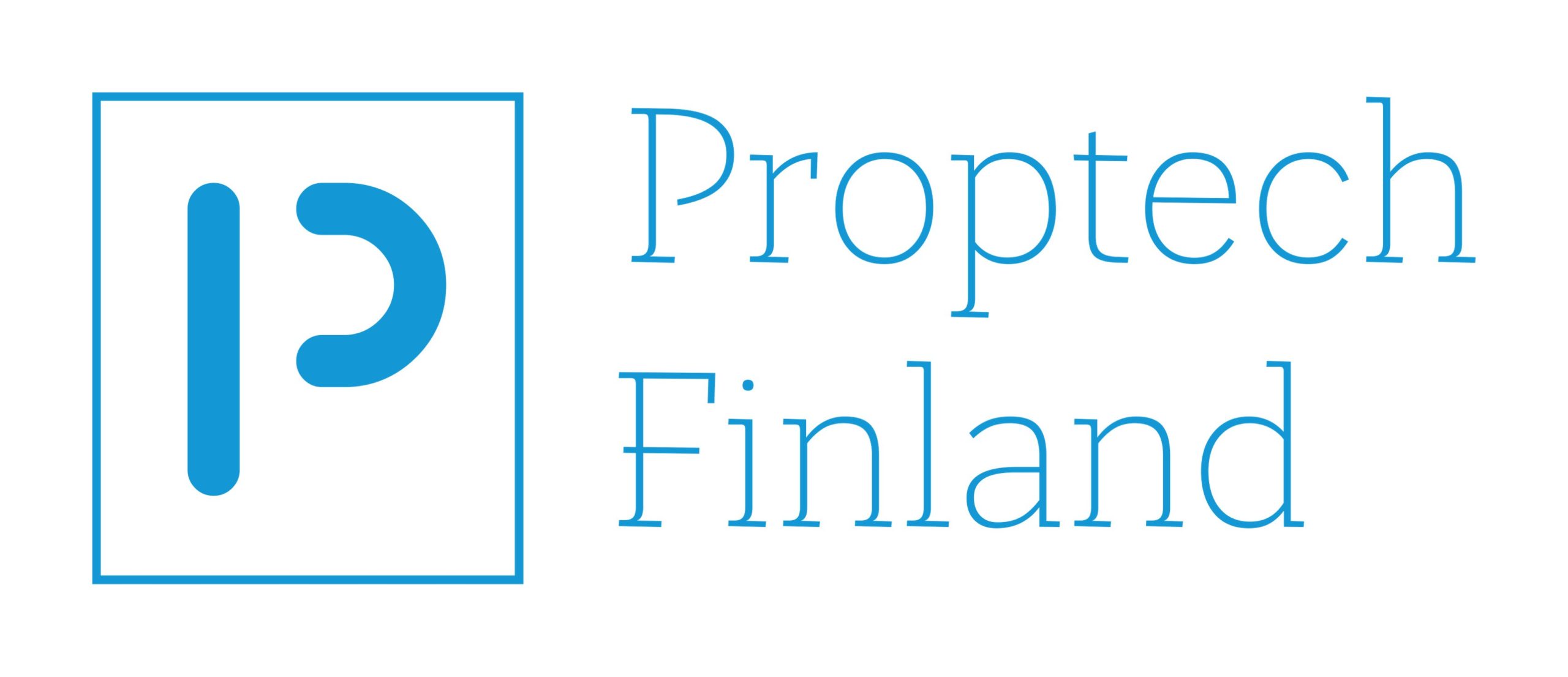
10 Aug How Digital Technology is Transforming the Way We Approach Real Estate
Digital technologies have permeated and, in some cases, disrupted every aspect of our personal and professional lives. Virtually no industry has been left untouched by digitization. However, the built environment industry appears to be lagging in some aspects. PropTech companies are trying to change the status quo and drive the industry’s digital transformation forward.
Despite the best efforts of PropTech startups and companies, industry experts believe that it will take more to truly transform the industry. A recent global survey of innovators within the industry asked experts what they felt it would take to transform the built environment industry. The results may surprise some.
Five Drivers of Digital Development
Nearly 176 respondents from more than 40 global markets replied to the survey questions. Whilst their answers varied widely, researchers concluded that there were five main drivers of digital development within the built environment sector.
- Cultural transformation
- Innovation-focused job roles
- Digitalization equals change or transformation
- Making evolution mandatory
- Offering leadership
1. Cultural Transformation
Within the built environment industry, there is still a culture that prevents the wider acceptance of innovation. At this point, these cultural barriers are preventing innovation and the further development of the industry.
Breaking down cultural barriers starts from the top and the bottom of a built environment company. To be successful, cultural change needs to be mandated from the top of an organization. To ensure staff engagement, leadership levels also need to be open to suggestions and ideas from people at lower levels of the company hierarchy. After all, no CEO can ever be sure where the next leading idea comes from.
To succeed in the digital age, built environment companies need to make changing their company culture a priority.
2. Innovation-Focused Job Roles
How many of your company’s job roles revolve around innovation? How many employees have a job title that mentions innovation? There is no right or wrong answer here, but without a full-time focus on innovation, results will suffer.
Even when innovation is tagged onto another job role, it is too easy for the other role to take priority and for transformational work to come second. To truly transform a built environment business into an organization that thrives in the 21st century, your company needs to dedicate expertise, resources, and time to the process.
3. Digitalization Equals Change or Transformation
When your company is creating digitalization-focused roles, those positions should sit under the company’s change or transformation mandate. Placing them under IT simply does not carry the same weight.
The global survey showed that the industry is recognizing the importance of the innovator’s role more and more. Ensuring consistency between job roles and descriptions is another step. The third driver of a successful digital transformation is the creation of structures within businesses that clarify just how serious the company’s transformation is.
Placing these roles prominently within the company hierarchy sends a clear signal both inside and outside of the business. Convincing others of the importance of the journey is equally critical. The more people inside the organization understand the benefits of the transformation, the easier it is to generate buy-in.
4. Making Evolution Mandatory
No business, no matter the industry can afford to stand still and not move toward digitalization. The built environment industry may have been lagging, but the rise of PropTech companies is showing where the industry needs to head.
In this context, it is crucial to note though, that we are aiming for a transformation rather than simply a launch of technologies. Innovation leaders drive strategies for the business. For most businesses, the transformation will involve deploying technologies, but the culture change itself runs deeper.
5. Offering Leadership
Today’s innovation leaders are on track to leading their companies in the future. Within years, senior leadership in the built environment industry will simply require some experience in digital transformation. That does not mean that previous expertise becomes less valuable. The process is simply about adding another factor.
What does that mean for the industry? Not every person who is driving digitalization at their company today has the skills and experience for a senior leadership role. Businesses need to recognize that and ensure that the skills, expertise, and experience of their future leaders cover every aspect of the business. Digital transformation leaders need to acquire broader skills to become built environment leaders overall.
The built environment industry is facing fundamental challenges over the next few years and decades. Solving grand challenges is impossible without embracing digital technologies and utilizing their potential. Both require a change in culture and mentality within the industry, driven by a new kind of leadership. To learn more about the results of the global survey and the future of the built environment industry, click here.


Sorry, the comment form is closed at this time.